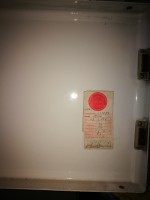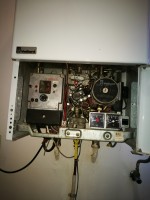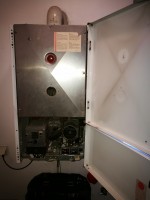I warmly welcome. My problem is that the boiler does not hold pressure. For some time I have been observing that the pressure drops to 0 within 2-3 days. Initially, I was pumping air to 1 bar and for some time it was ok, after which it was falling towards 0, it was happening faster and faster. I started adding water trying to keep the 1 bar value. After warming up, the temperature remains in the range of 1, 5-1.7 bar. The problem is that despite adding water, the pressure keeps dropping. What happens with this air and water. If it goes down to 0 and I slightly unscrew the valve in the membrane, it hisses, so the air is, what about water, I add and add, and where is it. I do not observe leaks only once I heard the safety valve in the nobility for a moment. I mention that I have no idea about this boiler, I bought it together with the house, is already 18 years old, will anyone suggest something?





